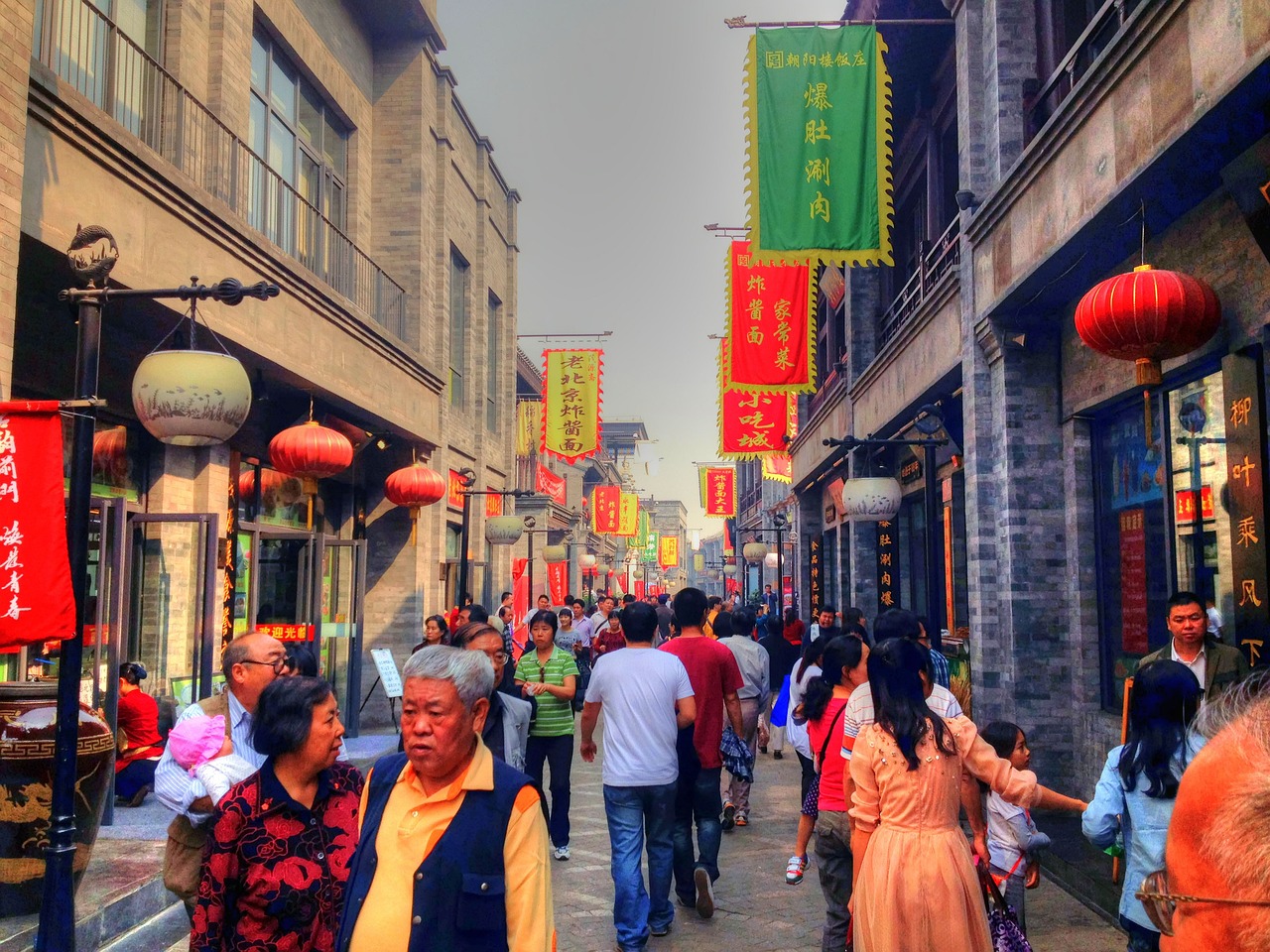
Image by Yinan Chen from Pixabay
The world we live in today is marked by rapid urbanization and the relentless growth of cities. As our planet becomes increasingly interconnected, it’s crucial to understand the dynamics of these urban giants. In this article, we’ll delve into the fascinating world of the most populated cities on Earth, exploring what makes them tick, their challenges, and their contributions to global culture and economy.
1. Tokyo, Japan – The Vibrant Megapolis
With a population of over 37 million, the Greater Tokyo Area reigns as the most populous urban agglomeration on the planet. This bustling metropolis boasts a unique blend of ancient traditions and cutting-edge technology. Tokyo’s efficient public transport system, iconic skyscrapers, and thriving entertainment districts make it a global center for commerce, culture, and innovation.
2. Delhi, India – The Heart of South Asia
India’s capital and the second most populated city in the world, Delhi, is home to approximately 30 million people. A city steeped in history, Delhi showcases a rich tapestry of cultures, languages, and religions. Its challenges include managing rapid urban growth, air pollution, and socioeconomic disparities, but it remains a critical hub for politics, education, and commerce.
3. Shanghai, China – The Pearl of the Orient
Shanghai, with its population of around 27 million, represents China’s bustling economic epicenter. This city, situated along the banks of the Yangtze River, is renowned for its iconic skyline featuring the Oriental Pearl Tower and the Shanghai Tower. It’s a global financial hub and a symbol of China’s remarkable growth over the past few decades.
4. São Paulo, Brazil – The Latin American Giant
São Paulo is South America’s largest city, home to roughly 22 million residents. It’s Brazil’s financial, cultural, and industrial nucleus, known for its vibrant street art, diverse cuisine, and lively music scene. Despite socioeconomic inequalities and traffic congestion, São Paulo continues to thrive as a dynamic urban center.
5. Mumbai, India – The City of Dreams
Mumbai, formerly known as Bombay, is India’s financial and entertainment capital. With a population exceeding 20 million, it’s one of the most densely populated cities globally. Mumbai’s contrasts are evident, with its world-class film industry, financial districts, and sprawling slums side by side.
6. Beijing, China – The Ancient Capital
China’s capital, Beijing, is home to over 21 million people. With a rich history dating back over 3,000 years, it boasts iconic landmarks like the Forbidden City and the Great Wall. Today, Beijing stands as a symbol of China’s rapid modernization and emergence as a global superpower.
Challenges Faced by Megacities
While these megacities offer unparalleled opportunities, they also face unique challenges:
1. Infrastructure: Managing the infrastructure needs of millions of people is a Herculean task, with issues ranging from transportation to sanitation.
2. Housing: Affordable housing is a persistent issue in megacities, leading to the development of informal settlements and slums.
3. Environmental Concerns: Pollution, congestion, and resource depletion are major environmental issues that affect both the cities and the global environment.
4. Inequality: Megacities often have stark income inequalities, with pockets of immense wealth juxtaposed with extreme poverty.
The most populated cities in the world are vibrant, complex, and ever-evolving entities. They are not just concentrations of people but centers of culture, innovation, and global influence. While they face significant challenges, they also hold the potential to be the crucibles where solutions to some of humanity’s most pressing issues are forged. Understanding and addressing the dynamics of these megacities will be essential as our world continues to urbanize and shape the course of the 21st century.





